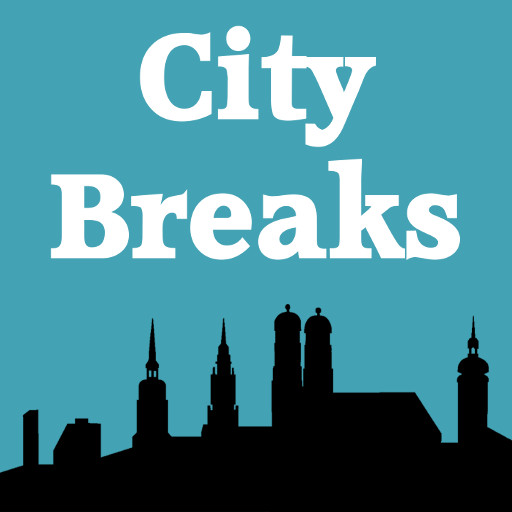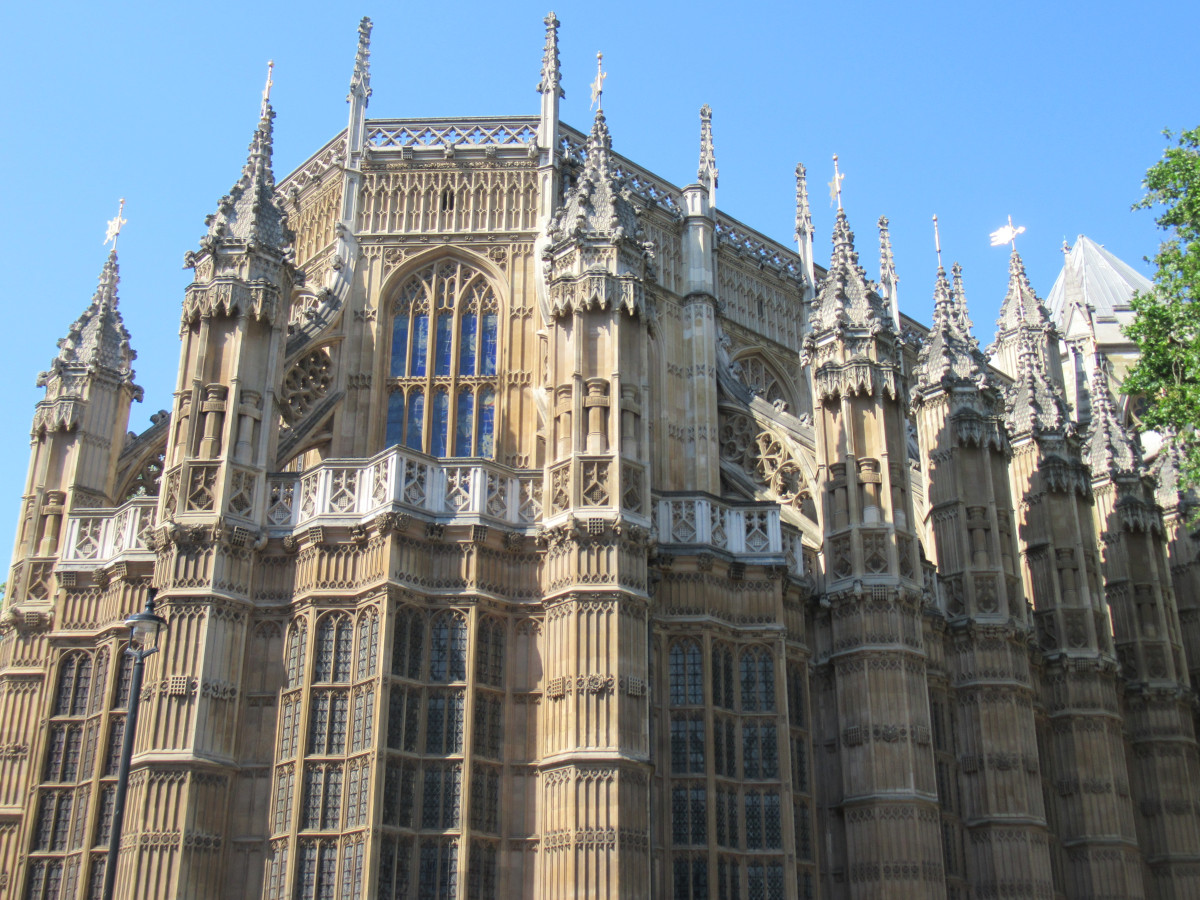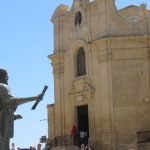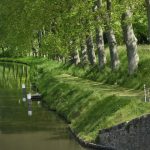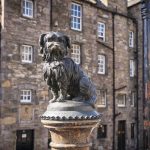Westminster Abbey: a thousand years of British history. Of course, it’s first and foremost a place of worship – Holy Communion and evensong are offered every day – but it is also the nation’s church, where 40 monarchs have been crowned, where many of them are buried and where our most important war memorial, the Tomb of the Unknown Warrior, is to be found. This post starts with a little history, then runs through the major things to look out for when you visit.
a little history
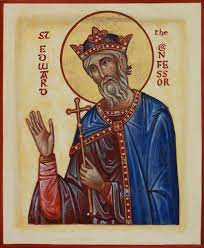
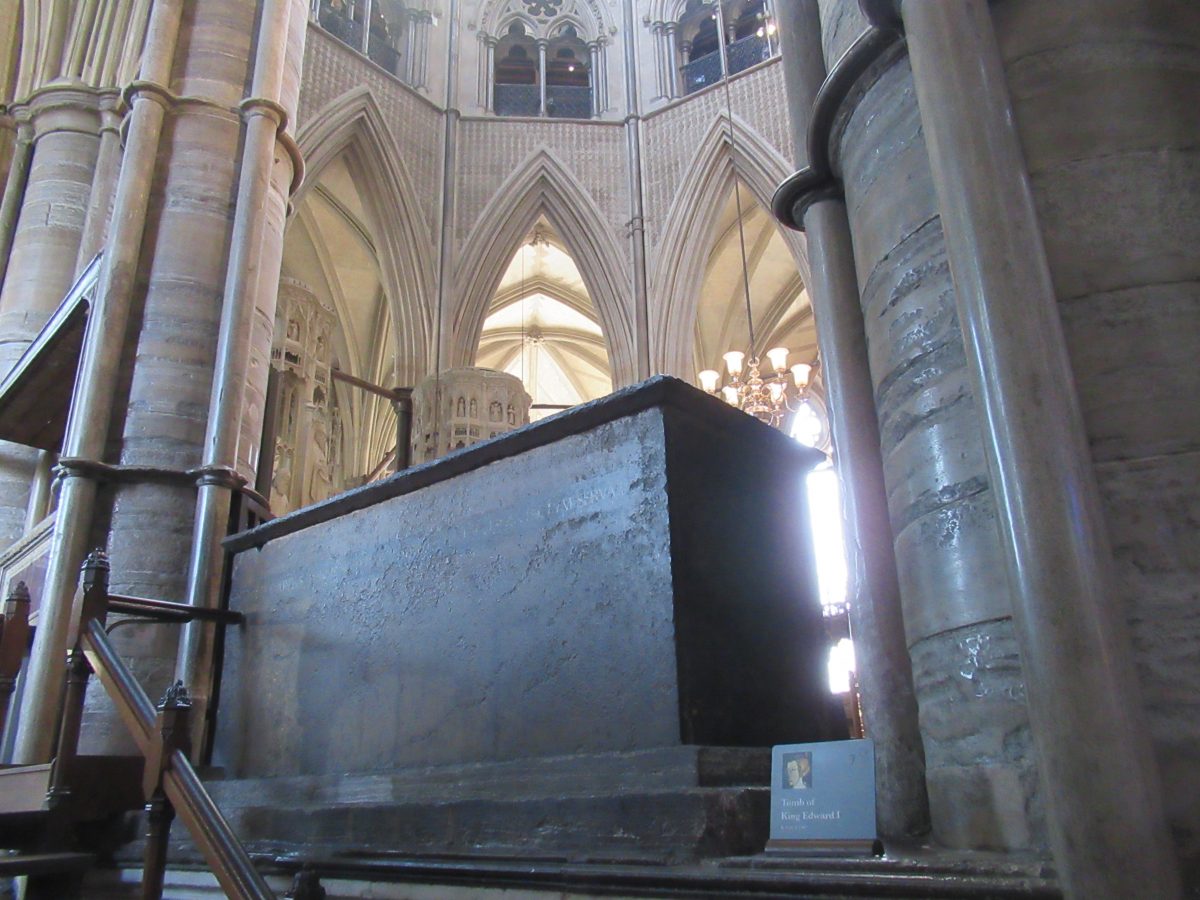
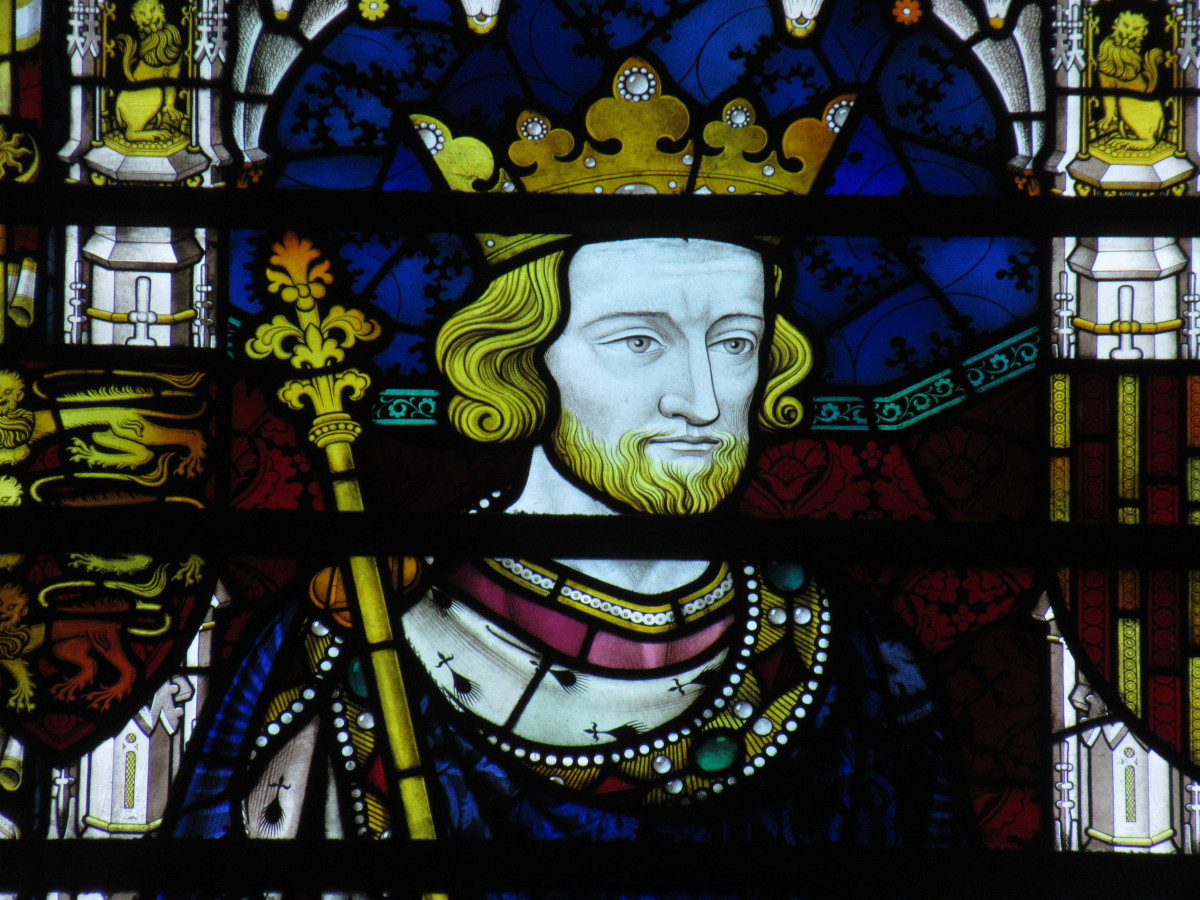
There has been worship on this site since the Dark Ages, but the abbey proper was founded in the 10th century, when St Dunstan – the Bishop of London at the time – brought 12 monks from Glastonbury, in the west country here. Then, in 1042, Edward the Confessor was tasked by the pope with building a church dedicated to St Peter and he chose this site. The building he commissioned was consecrated in 1065, a few days before Edward died. He was buried near the high altar and, a century later, he was sainted.
In 1245, Henry III, a very pious king who revered Saint Edward, had a new abbey designed here to house his shrine, a stunning new gothic building with the slender pointed arches you see today. Its centrepiece was Edward’s shrine, consecrated in 1169. Later kings who had a major influence include Henry VII, who had the Lady Chapel built in 1503, and Henry VIII who, perhaps because of the abbey’s royal connections, spared it the destruction meted out in the dissolution of so many other monasteries, although he had it redesignated as a cathedral. Serious damage was done in the civil war and again in World War II, but the 1960s saw a major restoration.
the quire and the shrine of Edward the confessor
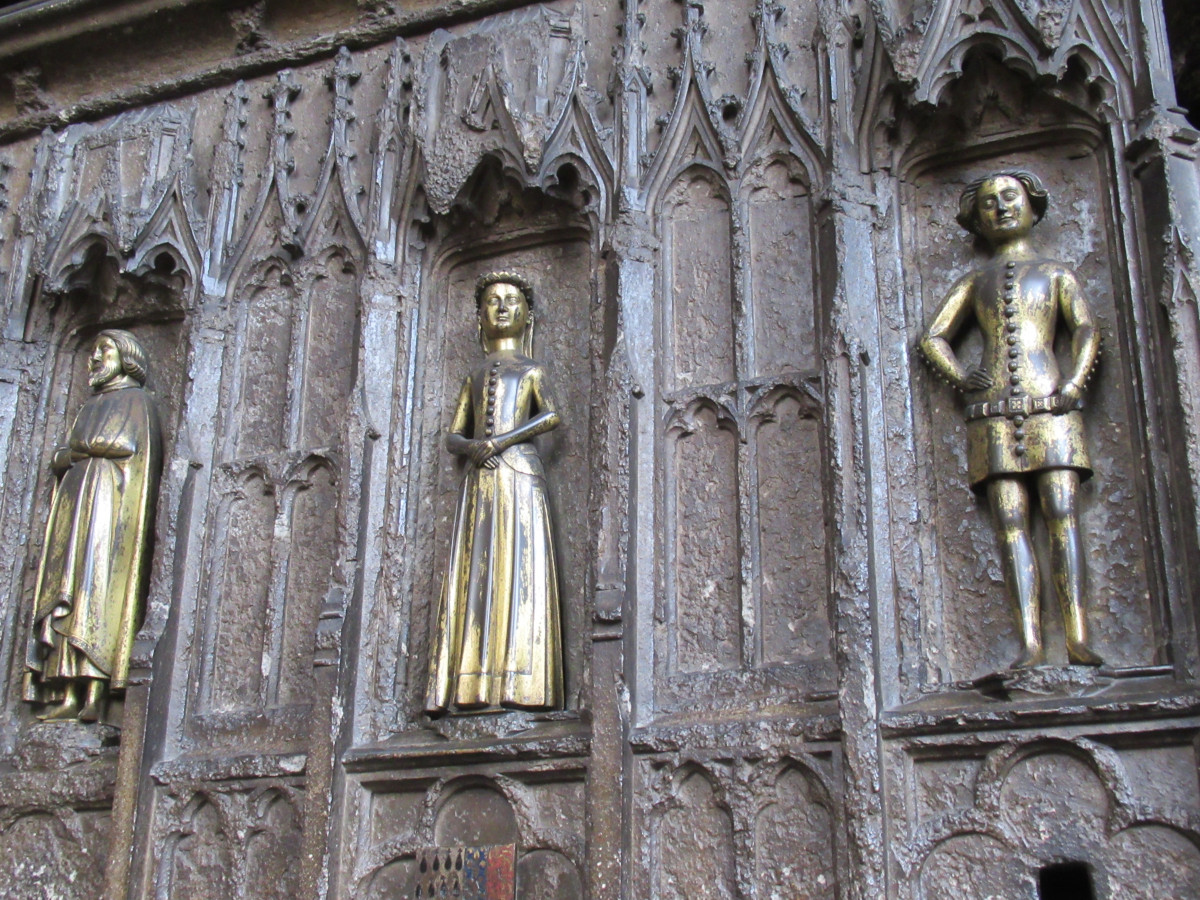
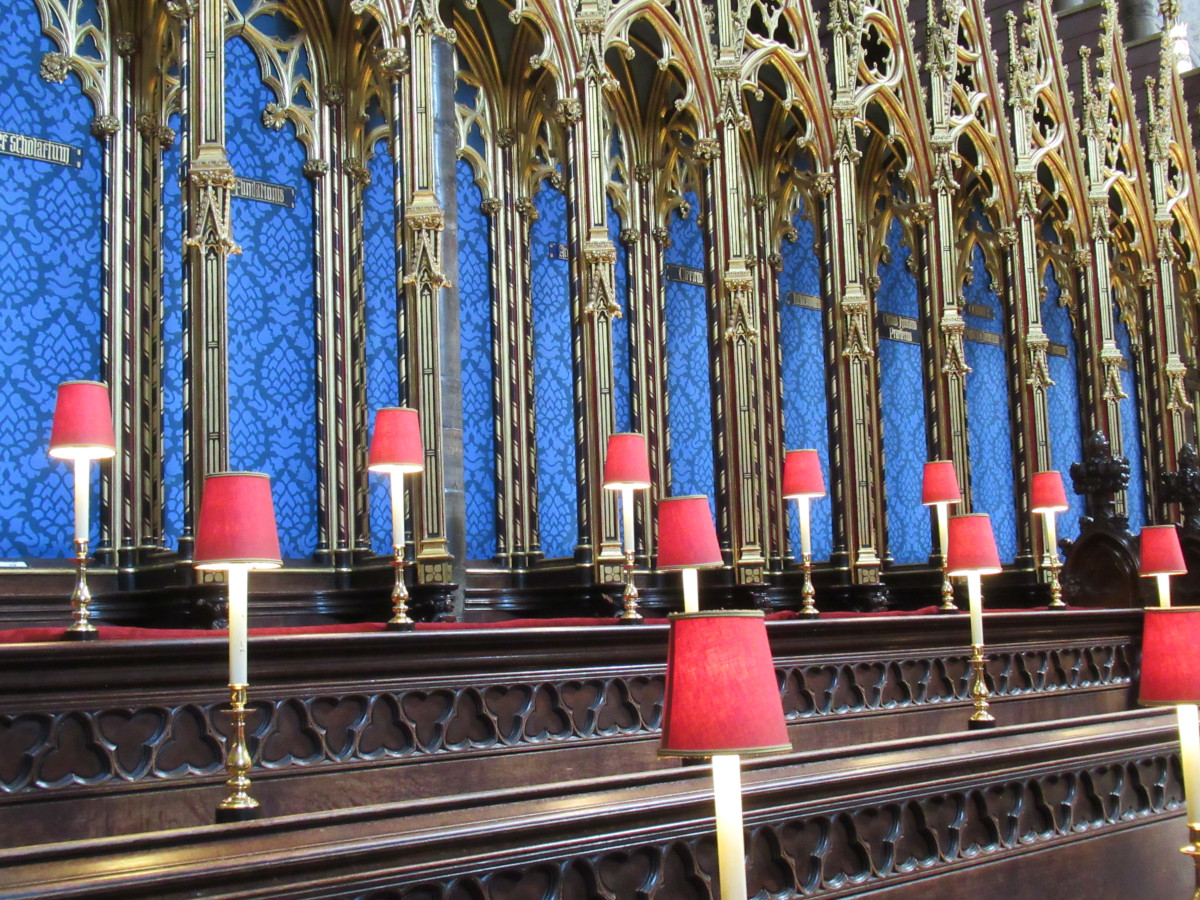
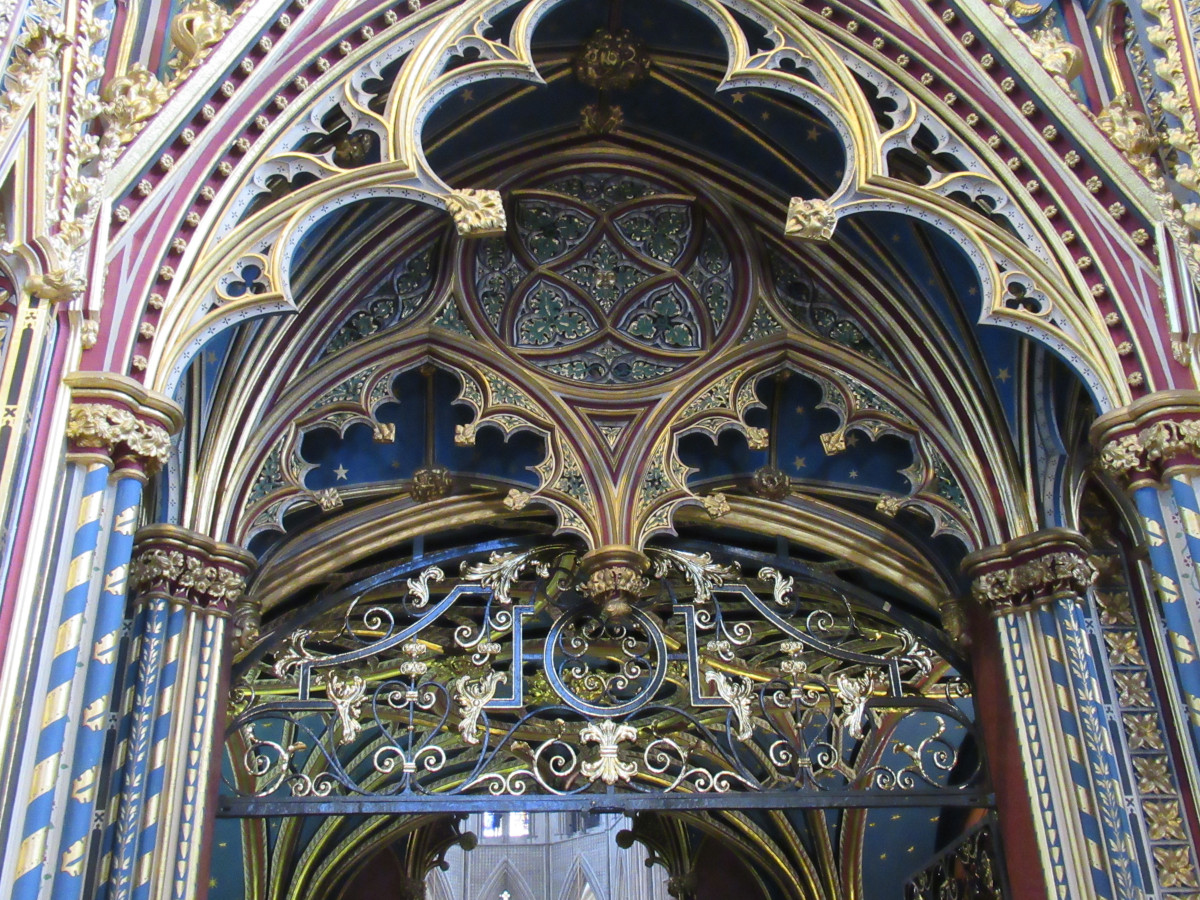
The quire was originally a ‘church within the church’, the place where the monks worshipped. Today, it is where the choir – 12 men and 24 choristers from the Westminster Abbey Choir School – sings for 8 services a week, sitting on beautiful dark wooden pews installed in the Victoria era. Behind the Quire is the Shrine of Edward the Confessor, where you can see his tomb and those of 9 other monarchs, most of them decorated with beautiful effigies: Henry III, his son and daughter-in-law Edward I and Queen Eleanor, Edward II and Queen Philippa, Richard II and Queen Anne, Henry V and his wife, Catherine de Valois.
Today it is a sombre area. A description of the opening of Edward I’s tomb in 1774 is a reminder of centuries of history represented here, as well as the individual monarchs. Edward’s body was measured at 6 feet two inches, proof that he really was as tall as the history books recount. The description of this king, buried over 700 years ago, remains vivid. He was found lying in a coffin made of the finest Purbeck marble, wrapped in linen cloth. And, says the guidebook, ‘in his right hand was a sceptre, in his left a rod decorated with green enamel oak leaves and with a dove at the top. On his head was a gilt crown.’
the lady chapel
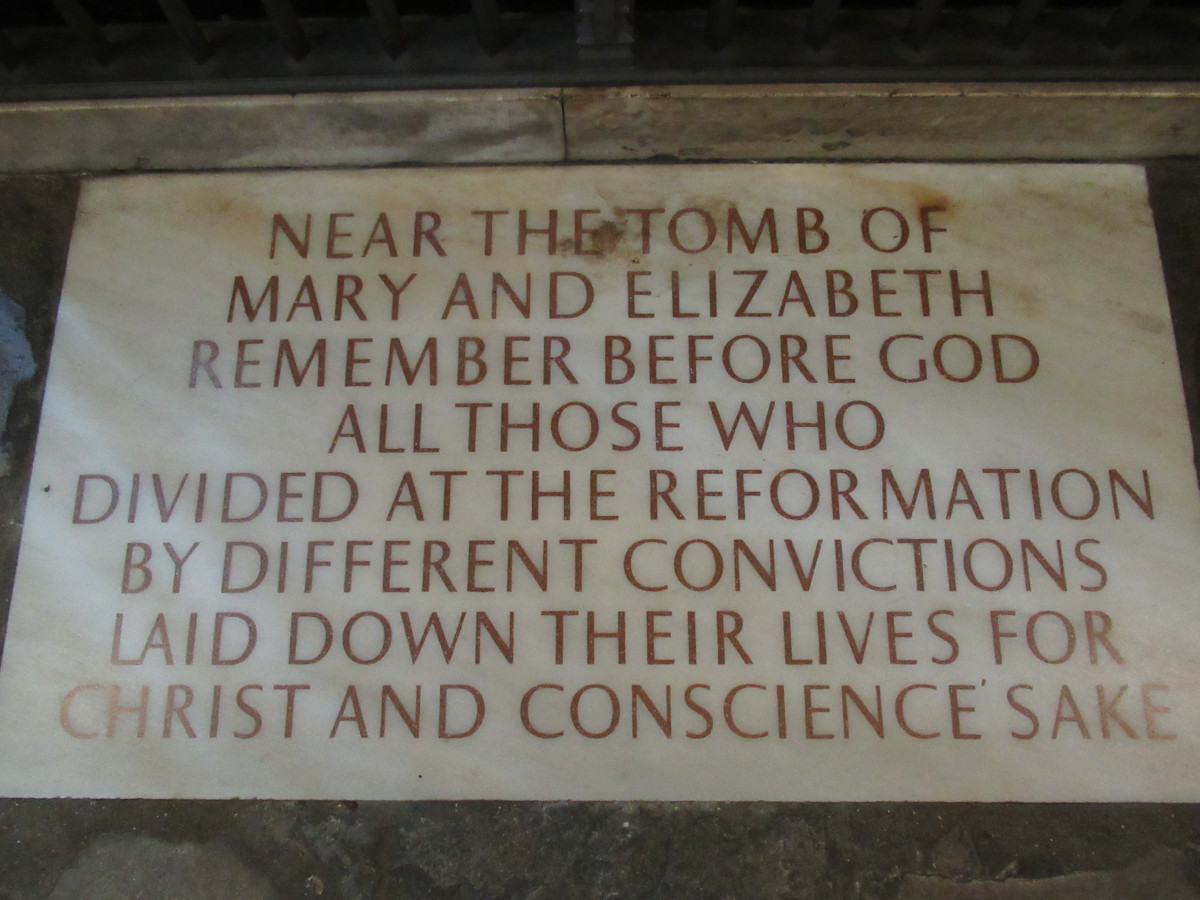


Henry VII had the Lady Chapel redesigned in 1503 to house his tomb, alongside that of his wife, Elizabeth of York. It’s a beautifully ornate space, with magnificent effigies of them lying side by side in prayer as its centrepiece. Nearby are the tombs of rival queens, Elizabeth I and the cousin she had beheaded, Mary Queen of Scots, described here by Robert Lacey: ‘Mary lies here in a splendid tomb, alongside Elizabeth, the 2 cousins, catholic and protestant, honoured equally in death.’ Henry’s grandson, King Edward VI who died at the age of 15, is also buried here, as are Lady Margaret Beaufort, mother of Henry VII and other monarchs including Charles II, William and Mary and Queen Anne.
innocents’ corner
In Innocents’ Corner, just near the tomb of Elizabeth I, are the graves of royal children, including two daughters of James I – Sophia who died aged 3 days in 1606 and her sister Mary, aged 3, who died a year later. There’s a casket believed to contain the remains of the Princes in the Tower, who died, probably at the hands of their Uncle Richard, in 1483. In the South Ambulatory nearby is a burial place containing the remains of nine more royal children, five of Henry III’s and four of his son Edward I. Together, they make a poignant reminder of the fragility of life, even for royal children, in the past.
poets’ corner and the coronation chair

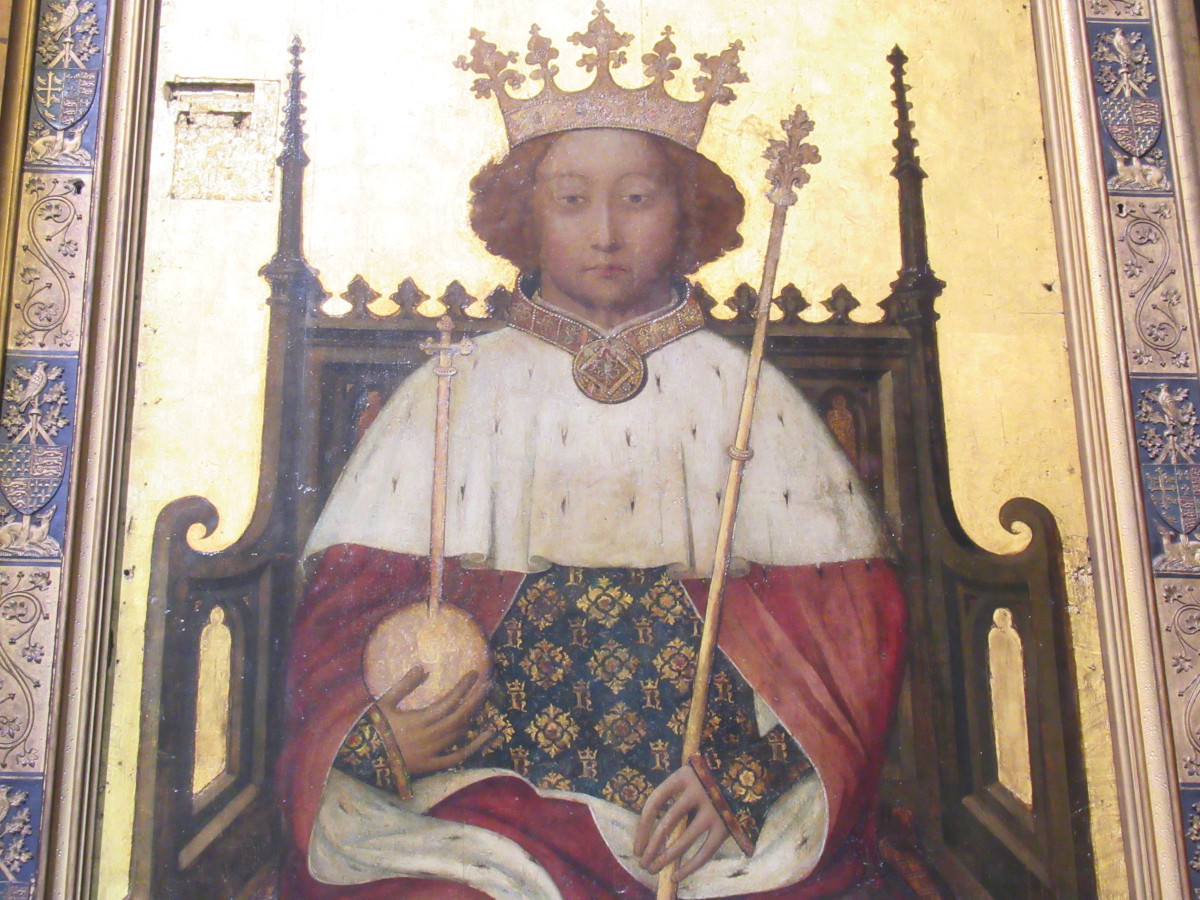
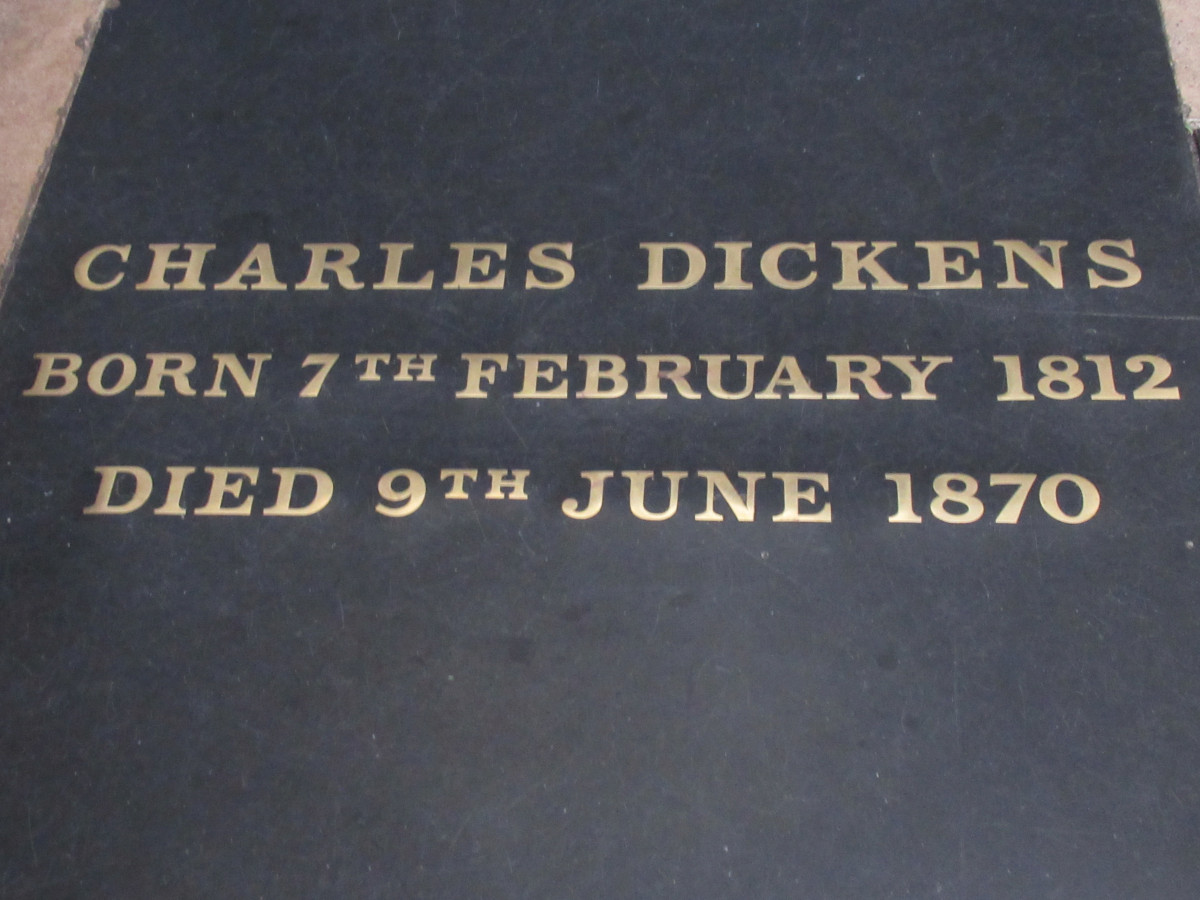
Poets’ Corner was originally the burial place of Geoffrey Chaucer in 1400, laid to rest here as Clerk of the King’s Works. Nearly 200 years later, the poet Edmund Spenser asked to be buried alongside Chaucer and the tradition began. Many writers are buried here, many more are remembered by plaques. There’s more on this on the podcast, but notable examples include: Byron, originally denied burial here because he had, said a bishop, ‘outraged the laws of our divine Lord’; Dickens, whose burial attracted thousands of admirers to file past his grave; and 16 World War I poets, remembered by a collective plaque, including Laurence Binyon who wrote the words read out at the Remembrance Day service every year.
Nearby are tombs and memorials for many more eminent scientists, musicians and others. There is more on this on the podcast.
The Coronation Chair was made in 1297 during the reign of Edward I and since then, 27 monarchs have sat on it during their anointment and crowning. Exceptions include Mary Tudor, aka Bloody Mary, who was such a fervent catholic that she refused to use the same chair as her protestant half-brother and predecessor, Edward VI. The Coronation Chair was even taken to nearby Westminster Hall for the installation of Oliver Cromwell as Lord Protector.
the tomb of the unknown warrior

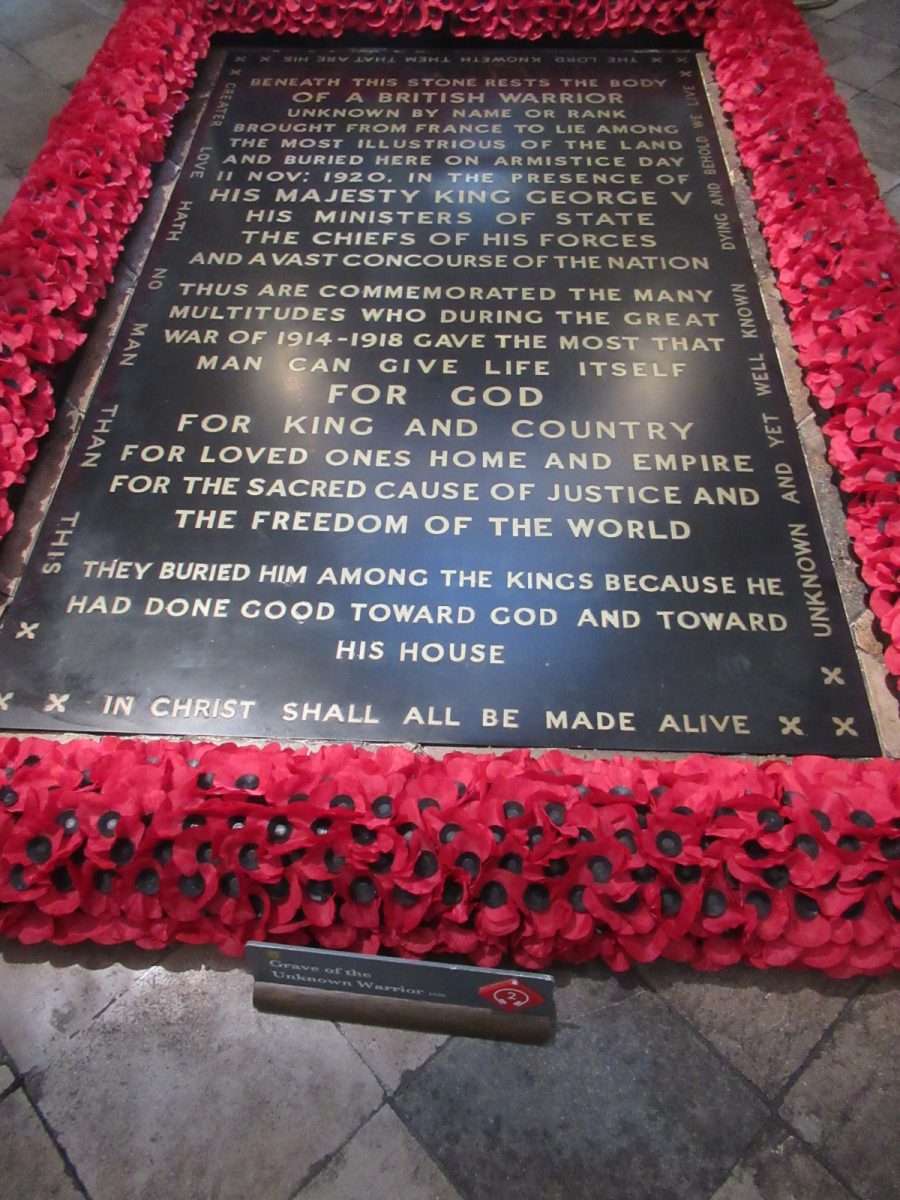
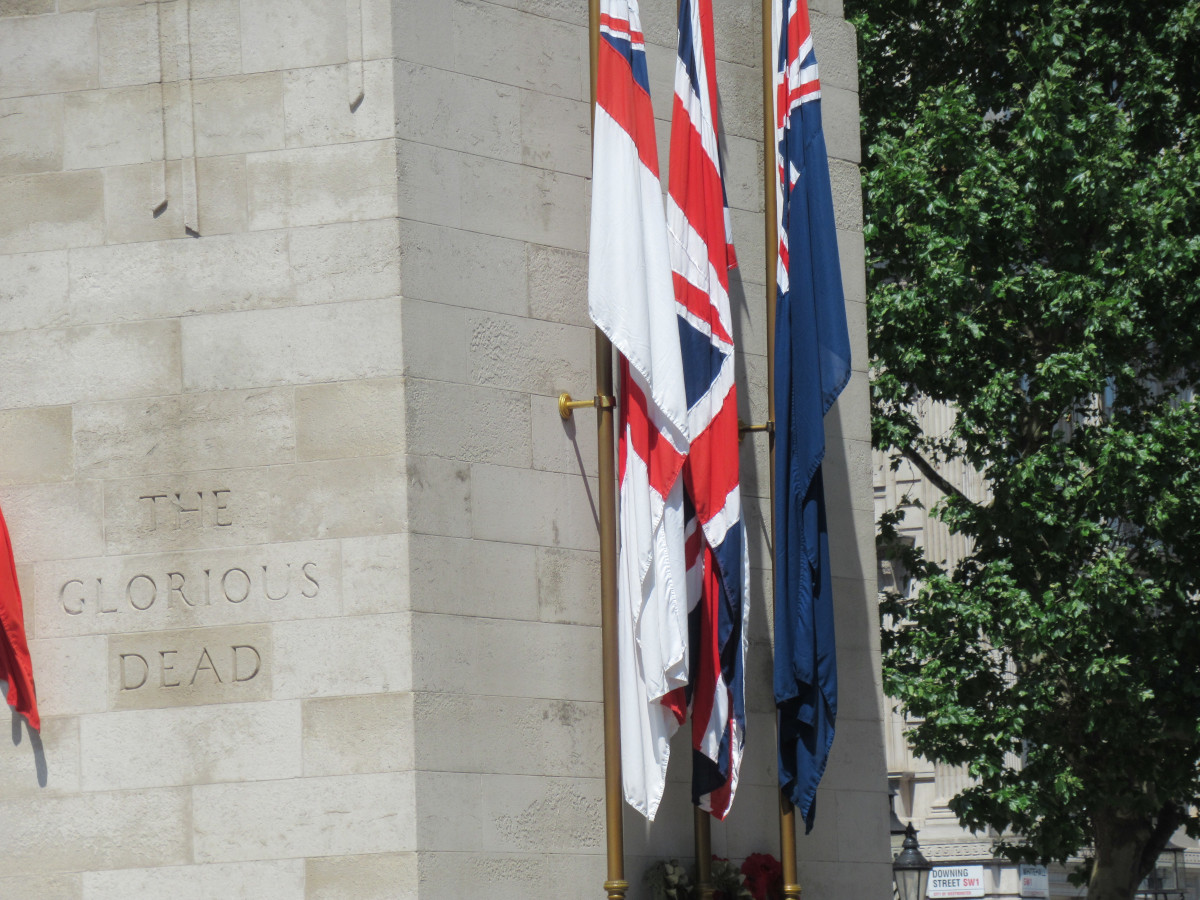
This tomb, laid into the floor at the entrance to the abbey and bordered by poppies of red silk, bears the inscription ‘Beneath this stone rests the body of a great British warrior, unknown by name or rank, brought from France to lie among the most illustrious of the land and buried here on Armistice Day, 11 November, 1920, in the presence of His Majesty King George V.’ The soldier represents the 700,000 who died in the Great War, as well as the 1.5 million who were wounded and in fact all the country’s war dead from every conflict.
On the day of his burial, November 11th 1920, the Unknown Soldier’s body was borne to the abbey by gun carriage and greeted in the nave by 100 holders of the Victoria Cross. The procession had stopped at the Cenotaph, newly erected on Whitehall that year and every year since the cenotaph and the abbey have been the focus of the National Service of Remembrance when Laurence Binyon’s words are read out: ‘They shall not grow old as we that are left grow old’. So significant is this event, that even in 2020, when almost everything was cancelled because of Covid, Her Majesty Queen Elizabeth went to the Tomb of the Unknown Warrior to pay her respects on Armistice Day.
Listen to the POdcast
Reading suggestions
Great Tales from English History by Robert Lacey
London The Biography by Peter Ackroyd
Edward the Confessor by David Woodman (Penguin Monarchs Series)
Edward the Confessor by Tom Licence
links for this post
https://www.westminster-abbey.org
Previous episode The Tower of London
Next episode The Houses of Parliament
Last Updated on November 21, 2024 by Marian Jones
